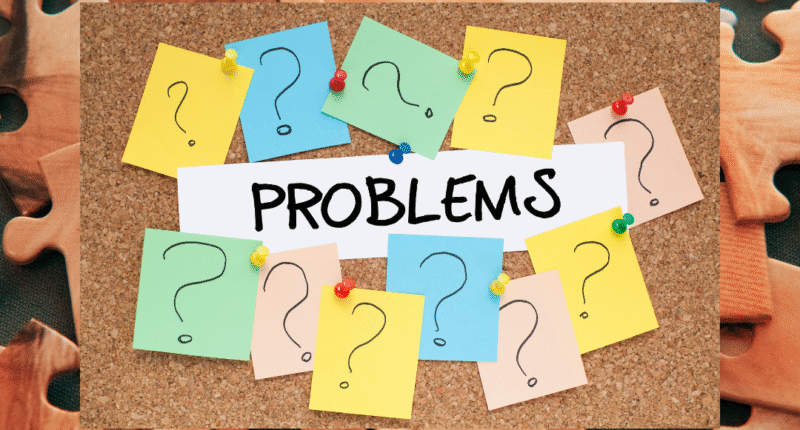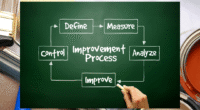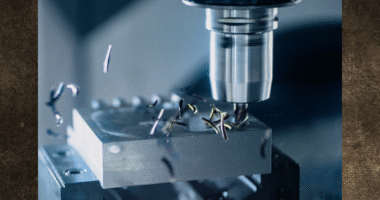Introduction to 8D Problem Solving
The 8D Problem Solving methodology is a structured approach widely used in quality management and continuous improvement initiatives. It helps organizations resolve complex issues by addressing root causes and implementing sustainable solutions. While the full process includes eight disciplines, this guide highlights five essential steps that are critical for achieving effective results with the 8D tool.
Step 1: Define the Problem Clearly
Why Clear Problem Definition Matters
A precise problem statement sets the foundation for effective problem solving. Clearly identify what the issue is, where it occurs, when it happens, and its impact on operations or customers. Avoid vague descriptions—use measurable terms to make the problem visible and easier to tackle.
Step 2: Identify and Verify Root Causes
Tools for Root Cause Analysis
One of the most important steps in the 8D process is uncovering the true cause of the problem. Techniques such as the 5 Whys and Fishbone Diagram help teams dig deeper beyond surface-level symptoms. Verification is essential to confirm that the identified root cause directly explains the issue.
Step 3: Develop and Implement Corrective Actions
From Temporary Fixes to Permanent Solutions
Corrective actions are designed to eliminate the root cause and prevent the problem from recurring. Start by implementing interim containment actions to protect customers in the short term, then move toward permanent corrective actions (PCAs). These should be practical, cost-effective, and validated for effectiveness before full implementation.
Step 4: Prevent Recurrence
Building Long-Term Improvements
Preventing recurrence involves strengthening processes and systems. This may include updating procedures, improving employee training, or introducing mistake-proofing techniques (poka-yoke). Documenting lessons learned and applying them across the organization ensures continuous improvement.
Step 5: Recognize and Celebrate Team Efforts
The Importance of Acknowledgment
Successful problem solving is a team effort. Recognizing contributions boosts morale and motivates employees to actively participate in future improvement projects. Celebrating success also reinforces a culture of collaboration and accountability.
Benefits of Focusing on These 5 Steps
-
Faster resolution of recurring issues
-
Improved product and service quality
-
Higher customer satisfaction levels
-
Stronger cross-functional teamwork
-
Sustainable long-term improvements
Conclusion
The 8D Problem Solving process is a powerful tool for identifying and resolving complex issues. By focusing on these five essential steps—defining the problem, identifying root causes, implementing corrective actions, preventing recurrence, and recognizing team efforts—organizations can achieve effective, lasting results that strengthen both quality and customer trust.








